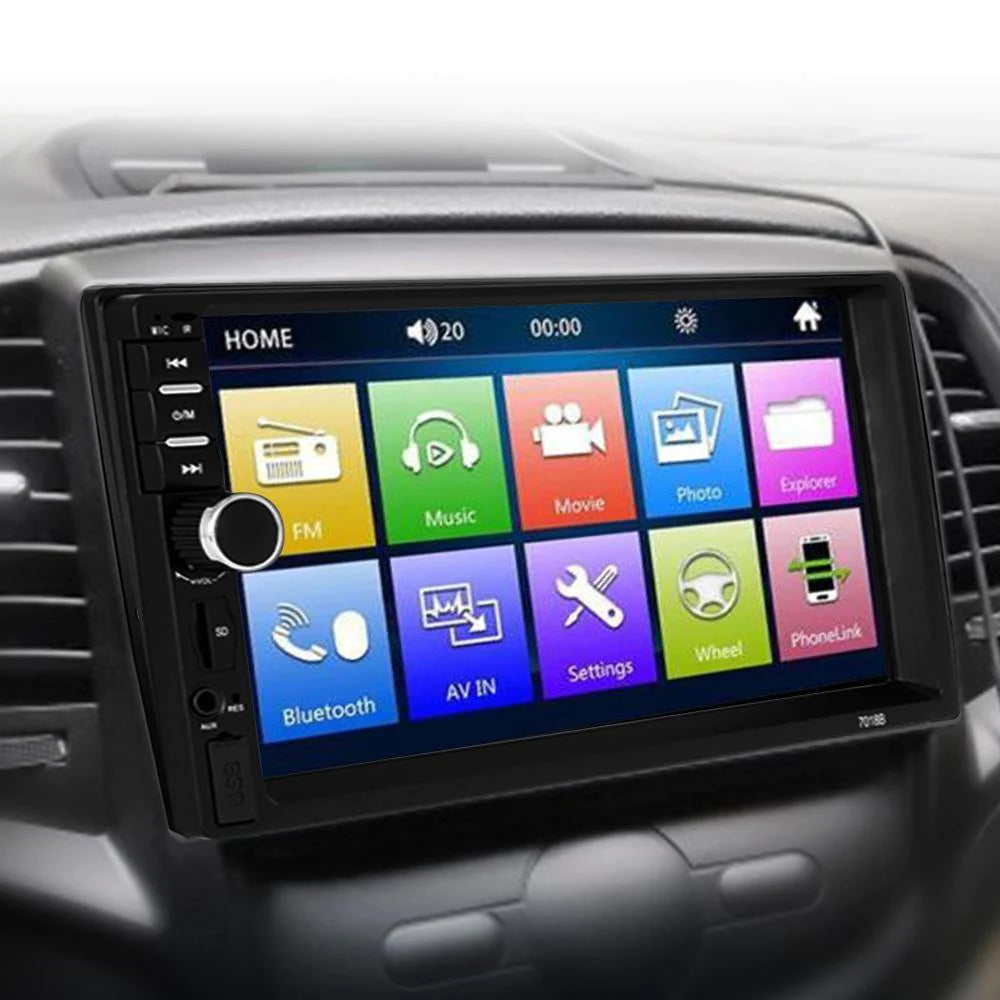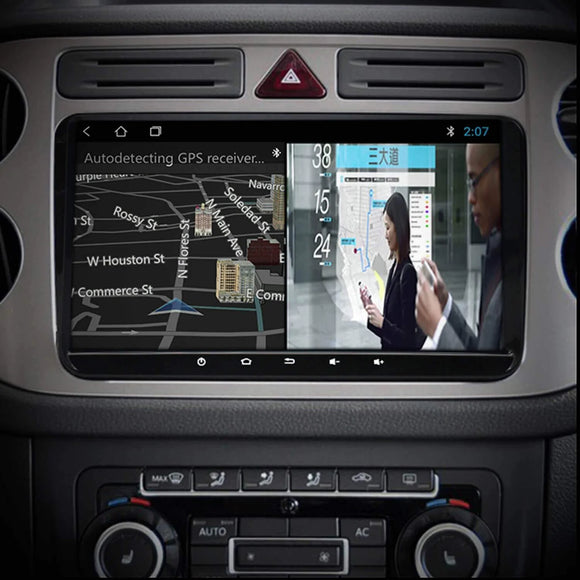
How to Make and Install a Car Stereo System?
3 comments
Consider front, middle, and rear speakers that will fit in your automobile for a full system.
When placed in a vehicle, a subwoofer must be housed within an enclosure.
Separate automobile amplifiers require crossovers to properly disperse signals.
Constructing a vehicle radio system may be a difficult endeavor. You may buy and install everything at once, or you can start with a new vehicle audio system and gradually replace other components; in any case, make sure you focus on picking quality car speakers, which are the most crucial aspect of a decent system.
A Toyota Prius comes with a vehicle radio system.
Car Audio Speakers
Like home audio, speakers are the most important part of a car audio system. Speaker type, size, shape, mounting location, and power requirements are critical considerations for a car audio system.
The first step should be to figure out which kinds of speakers will fit in your car. If you're interested in a complete system, consider front, center, and rear speakers as well. Remember that some speakers may require a special enclosure, which tends to take up more space.
Next, cross-check the speakers' power handling capacity with the power output of the amplifier(s) or head unit. Make sure to include car audio crossovers for mid-range speakers and tweeters as well. You don't want to under-power the equipment.
Car Stereo Subwoofers
Vehicle subwoofers demand more power than standard speakers. When put in an automobile, they must also be mounted inside an enclosure. Enclosures can be custom-made as a DIY project (if desired), or purchased ready-made for the make/model of your vehicle.
There are several subwoofer enclosures to choose from, depending on the size of the woofer and the kind of vehicle. The most frequent transportable subwoofer sizes are 8", 10", and 12". Some manufacturers provide amplified subwoofers with enclosures, which may be readily mounted in vehicle trunks or under pickup truck seats.
Amplifiers for Car Stereos
Most automotive head units include built-in amplifiers that provide roughly 50 watts per channel. However, an external amp may be the ideal option because it has greater power and allows you to tune the bass, midrange, and high-frequency settings individually. Overall, balanced systems sound better.
Subwoofers have higher power requirements than normal speakers (mids and tweeters). Consider purchasing a separate amplifier for the subwoofer and using the amplifier built into the head unit to power the speakers. Keep in mind that employing separate automobile amplifiers necessitates the use of crossovers between the amplifiers and speakers in order to properly disperse signals.
Head Units and Receivers for Car Stereos
You may utilize your existing in-dash head unit (or receiver) or replace it with a new component when designing a system. The disadvantage is that most factory head units lack pre-amp outputs, preventing you from using external amplifiers. There are speaker-to-line-level converters available, but they tend to compromise some sound quality.
The chassis size is vital to know if you are changing the in-dash head unit. Standard and large head units are offered. Single DIN refers to standard units, whereas 1.5 DIN and double DIN refer to bigger units. Also, think about whether you want a CD or DVD player with or without a visual screen.
Installation of a Car Stereo
Installing a new car radio system can be difficult, but if you have the necessary equipment, a decent understanding of electronics, a basic understanding of automobiles, and patience, go for it! There are several internet tutorials that offer instruction and advice on car radio installation.
If not, have a professional install the system; there are several firms that offer thorough installation services. Check with your auto dealer to see whether the installation will impact the vehicle's manufacturer and/or extended warranties.



Commenti (3)
555
Muchas gracias. ?Como puedo iniciar sesion?
Muchas gracias. ?Como puedo iniciar sesion?